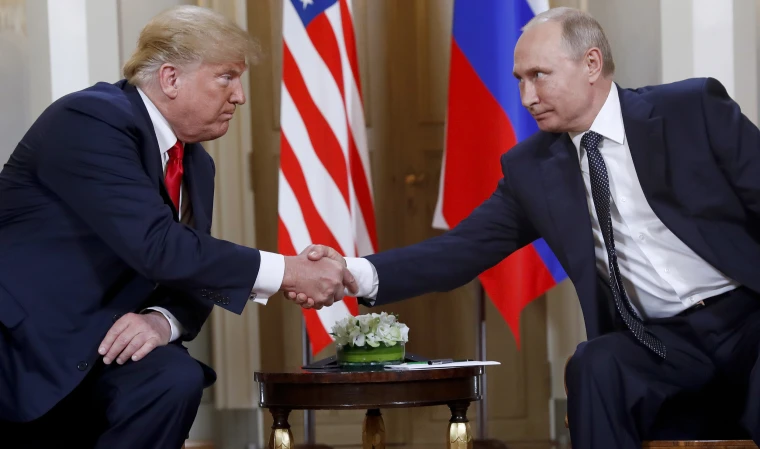Sunday Reading
Post-Truth
Hello, readers in this Blog I am writing down here about my understanding of Post-Truth, Which is given by Dr. Dilip Barad sir, Department of English Maharaja Krishnakumarsinhji Bhavnagar University.
Introduction about Post Truth:- In 2016 the oxford dictionaries chose "Post-Truth" as their word of the year. With the constantly evolving concept of "Fake news" on everyone’s mind, and the new war on facts being waged by the Trump administration, that pot has boiled over and scalded everything around it.
In this, they underline that the prefix "post" is meant to indicate not so much the idea that we are "past" truth in a temporal sense (as in"postwar")but in the sense, that truth has been eclipsed that it is irrelevant.
Most of this year’s festival selections were filmed in 2015 or early 2016, and thus can't exactly be considered a "response" to this state of affairs. But many of them feel especially timely nonetheless. And as the festival has progressed, three distinct strategies have emerged for navigating a post-truth world.
By definition, every lie has an audience. We may not feel responsible for uttering a falsehood if no one is listening, but when our intent is to manipulate someone into believing something that we know to be untrue, we have graduated from the mere "interpretation" of facts into their falsification.
"When a thousand people believe some made-up story for a month - that's fake news. When a billion people believe it for a thousand years - that's religion, and we are admonished to call it fake news in oder not to for the feelings of the faithful."
― Yuval Noah Harari
We are repeatedly told these days that we have entered the terrifying new era of post-truth, in which not just particular facts but entire histories might be faked. But if this is the era of post-truth, when, exactly, was the halcyon age of truth? And what triggered our transition to the post-truth era? The internet? Social media? The rise of Putin and Trump?
When President Trump maintains that climate change is a hoax invented by the Chinese government to ruin the American economy, the long-term consequences may be equally devastating, if not more so.
Post-Truth in Politics:-
"A ''post-truth democracy'' [...] would no longer be a democracy."
JurgenHabermas
If we are to understand current politics, I argue, critical scholars need to supplement the prevalent ‘social construction of the factual approach with a more polyvalent take on truth and factuality.
When we talk of a "post-truth" age, we must start by identifying a particular date or period when Truth died. Is that different from saying "post-Nehru" in India', because he is a person with name and form, unlike Truth? We know the date of Nehru's death and we can put him in a timeframe. Can we put "Truth" in a similar time period and social context? Probably yes.
During Prime Minister Manmohan Singh’s tenure in India, President Barack Obama’s period in the US, or before Brexit in the UK, we were not in a situation where the validity of facts was contested or disputed on such a scale as at the present time. There was widespread, almost universal, acceptance of the notion that facts exist outside our belief system and could be independently verified or corroborated. But that is no longer the case. There is a rupture in that universal belief system, thanks to a handful of populist leaders in the major democracies of the US, India, and the UK.
Brack Obama and prime minister Manmohan Singh
Post-Truth in India
If we must put a finger on a period when post-Truth politics became the dominant form, it would be the election season of 2014 in India. That’s when the Big Lie became common currency in poll campaigning. Unearthing black money from Swiss banks was the big poll promise and one Great Leader announced that he would bring it all back to India and put Rs 15 lakh in every citizen’s account. Whether the people believed him or not, he won the elections on that promise, among other things. Months later, when asked about this promise, his confidence declared that it was just a "jumla" – a phrase meant to win over gullible minds.
As the author Ralph Keyes has written,'' At one time we had truth and lies. Now we have truth, lies, and statements that may not be true but we consider too benign to call false."
A very similar logic is at work in India’s Big Lie of India becoming "Islamic" and living under sharia law in a decade or so due to the"explosive" demographic growth of Muslims and their "love jihad" aimed at swelling their ranks through luring Hindu women. Loud genocidal cries about India turning Islamic are coming at a time when the Muslim population is showing the steepest decline in fertility rates since Independence.
Post-Truth in Indian Cinema:-
Indian Cinema, with its wide range of audiences, is closely knit with other forms of culture, such as theatre, literature, and television, helping project a commonsensical, consensual view of history. The World According to Movies writes that a “lot of people can and do believe some of the things they see in the movies”. It creates a new narration that becomes factual for some, especially among children, and others less likely to do some amount of fact-checking on their own.
In Padmavat (2018), which is an adaption of the epic poem “Padmavat” written in 1540 by Sufi poet Malik Muhammad Jayasi, tries to make people believe in the existence of a Queen Padmavati, along with many other historical inaccuracies. While on the one side, the existence of Queen Padmavati is still debated by historians, on the other hand, the portrayal of Allaudin Khilji is mired in ambiguity. According to historian Rana Safvi, Khilji was a patient, sophisticated man capable of planning and organization, as opposed to how he is portrayed in the film, as a barbarian tearing into the meat.
In the film, the flag of the Delhi Sultanate is shown in green color with a white crescent moon, but the Sultanate’s flag in reality is said to have been green with a black band running vertically on the left. Popular history, promoted by cinema, dominates a great part of academic history in India, primarily because everybody is not a historian or even makes an attempt to get their facts right. A majority of the public accepts what is served to them through cinema. The filmmaker’s right to "creative freedom" becomes a burden for academicians. It creates a political culture where debate is largely formed by appeals to the emotions of the public at large and fairly disconnected from the details of history, where factual rebuttals are ignored.
Thank you for reading...















No comments:
Post a Comment